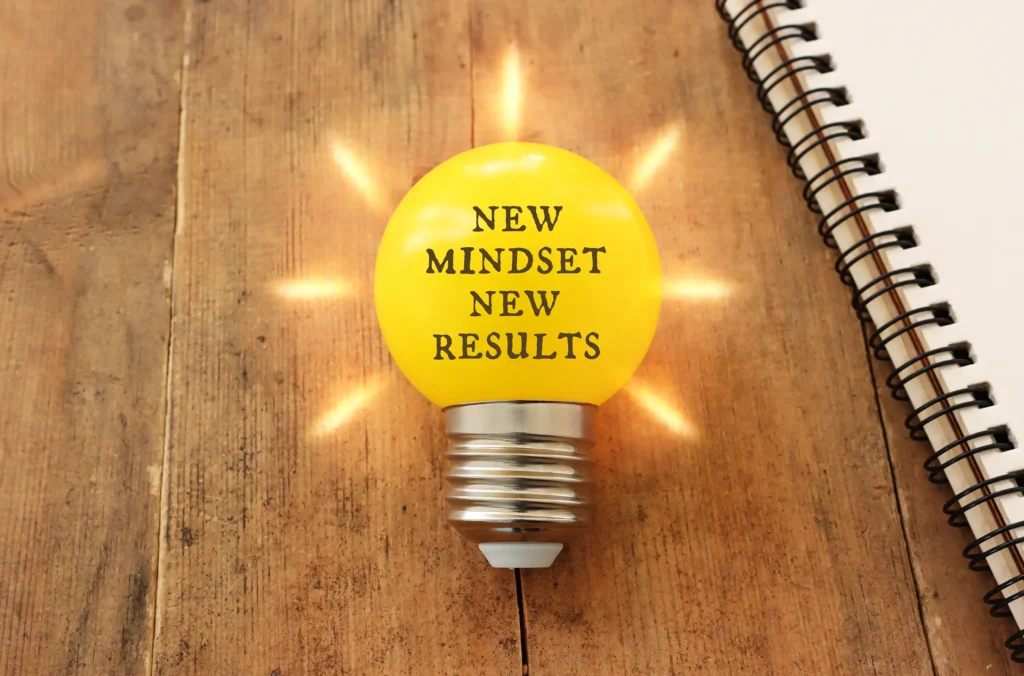Article:
How to Build a Personal Development Plan
In our articles – Why Personal Development is a Consultant’s Strategic Edge and The Consulting Mindset: Core Qualities for Growth and Success – we explored why personal development is a strategic necessity and what underpins development (the mindset and behaviours that make it effective).
But here’s the challenge – how do you turn good intentions into action?
The answer is a Personal Development Plan (PDP). A strong PDP is more than a form you fill in once a year and then file away. It’s a living framework that guides how you grow, adapt, and stay relevant in a profession where standing still means falling behind.
Start with honest self-reflection
Where are you now?
The foundation of any PDP is a clear understanding of your current capabilities. This means asking tough questions and being willing to face the answers.
Reflect on:
- What skills and knowledge do you rely on most today?
- Where do you lack confidence or depend heavily on others?
- What will you need to succeed in the next stage of your career?
Feedback is essential
It’s easy to be blind to your own habits and limitations. Ask trusted colleagues, mentors, and even clients for candid input. Their perspective will help you identify strengths to build on and blind spots to address.
Define your destination
Where do you want to go?
Once you know your starting point, define your destination. This isn’t about vague aspirations like “be a better consultant.” It’s about specific, tangible outcomes.
Picture yourself 12–18 months from now:
- What projects are you leading?
- What conversations are you having with clients?
- Which skills are you applying with confidence?
Make your destination real
For example, if you picture yourself leading complex client workshops, your PDP might focus on advanced facilitation skills, managing group dynamics, and creating impactful visual tools.
The more vivid your destination, the easier it is to map out the steps to get there.
Turn goals into action
Choose diverse development pathways
Once your destination is clear, you need to translate it into practical steps and goals. Formal training is definitely part of the mix, but the most effective development blends multiple approaches:
- Learning by doing: Take on projects that stretch you beyond your comfort zone.
- Learning from others: Shadow colleagues, seek out a mentor, or join peer learning groups.
- Learning through reflection: After each project, spend ten minutes noting what worked, what didn’t, and what you’ll try next time.
- Learning through study: Use targeted courses, certifications, or industry modules to deepen technical expertise.
- Learning by creating: Write articles, speak at events, or design client tools. Teaching others often accelerates your own learning.
Set SMART goals
When setting goals, use the SMART framework:
- Specific: Define exactly what you’ll achieve.
- Measurable: Decide how progress will be tracked.
- Achievable: Keep goals stretching but realistic.
- Relevant: Align with your career direction and client needs.
- Time-bound: Set a clear deadline.
Example: “Improve my facilitation skills by completing a training course and leading three client workshops within six months.”
Make time for development
Setting goals is only half the battle. You also need to make time for them. Personal development often falters because it’s treated as optional, squeezed in “when there’s time.” In consulting, that time rarely appears on its own.
Make it happen by making development part of your weekly rhythm:
- Block 1–2 hours per week for learning and reflection.
- Treat it like a client meeting ie non-negotiable.
- Use travel, downtime, or quieter days for reading, writing, or practise.
Small, consistent actions compound. An hour a week adds up to over 50 hours a year which is the equivalent of a full working week invested in your future.
Keep it alive with regular reviews
A PDP isn’t static. Every three to four months, step back and review:
- What progress have you made?
- Where have you applied new skills?
- What still needs focus?
- Have your priorities shifted?
Refining your PDP to align with your evolving context keeps it relevant and responsive to your real-world challenges.
Make development part of your professional identity
A Personal Development Plan isn’t just a checklist. It’s a declaration of intent about the kind of consultant you want to be, and a commitment to the discipline of getting there.
The most successful consultants don’t separate learning from their work. They treat every project, meeting, and client interaction as a chance to improve.
When you own your development, you don’t just build skills – you build credibility, adaptability, and value. Those are the qualities that unlock the most rewarding opportunities in consulting.
Here’s a quick-start PDP checklist
- Complete an honest self-assessment.
- Set 2–3 SMART goals.
- Create a workable development pathway (formal + informal).
- Carve out development time blocks in your diary.
- Set up a tracking method.
- Schedule quarterly review dates.
- Fully commit to achieving your destination!
At Elevation Learning, we support consultants with their business development. If you think we can help you, feel free to get in touch at info@elevationlearning.co.uk or Contact Us.


